Developing for Android isn’t easy. I think we can all agree with that. With so many handsets, it’s an ever increasing challenge for developers to make sure their apps work properly across a wide range of devices, if they hope to reach a large audience. Android app developer, Animoca, has been faced with this battle, accumulating more than 400 devices to guarantee compatibility across multiple, very multiple devices.
Animoca’s apps have accumulated more than 70 million downloads in Asia — my little cousin goes nuts for their games — and apparently, for every single app they develop, they test them on the fleet of Android devices you see above. According to the CEO of Outblaze (Animoca’s parent company) they’ve discovered more than 600 unique Android devices on their network and would have liked to add those as well, only problem being, many of them are no longer available for purchase. But yet, when it comes to Android’s “F” word, Animoca keeps a good attitude about things saying, “We like fragmentation as users prefer choice. We are not big believers that one size fits all.” Take that, Apple.
Of course, there’s aren’t too many developers out there that have the same corportate funding as Animoca, who’s backing by companies like Intel Capital and IDG-Accel allow them to make it rain Android devices onto their developers. It’s because of Animoca’s quality control testing, they feel they’re able to stand out from other developers and publishers. Still, even after all this time, Android’s fragmentation is still one of the platform’s biggest hurdles and doesn’t look like it will be “fixed” anytime soon.
[Tech Crunch | Animoca in the Play Store]

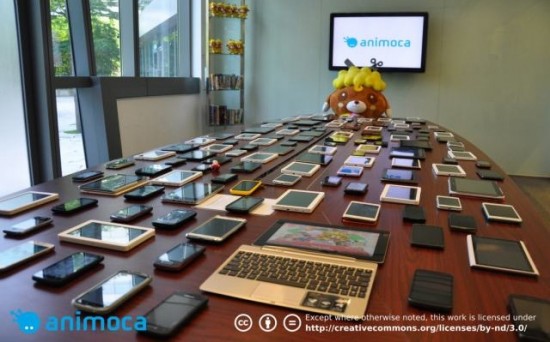



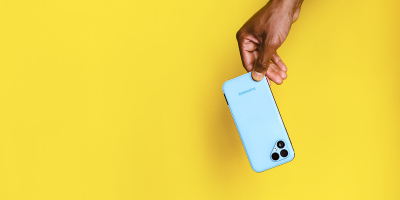

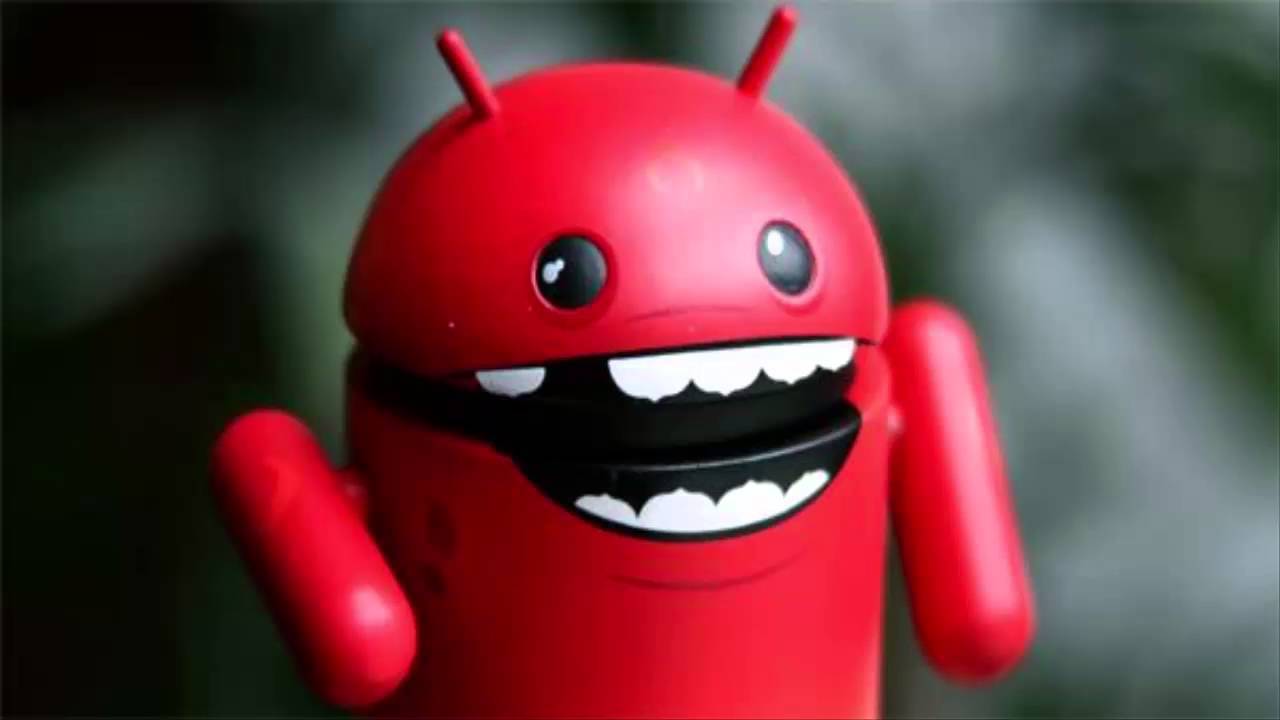
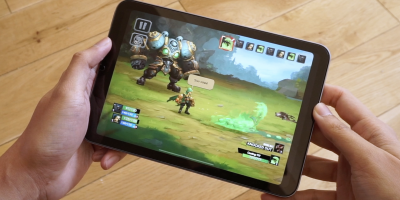

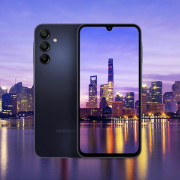


So much for the ‘Android Update Alliance’ initiative. I think Google should have stayed quiet if the problem can’t really be fixed by any single party.
The competition among Android makers is, in my opinion, a good thing. It ensures competition in a profitable market, giving the customer a wide choice in Android gadgets to buy. Also, the competition allows for makers (like Samsung, HTC, Sony, etc) to create more advanced phones to “up their game” and make their gadget to stand out, not only in looks, but in hardware and software.
Although this gives a more fragmented Android market to work with, this can easily be fixed by Google creating standards of what elements of software and hardware to put in each gadget. That way, is the app works with the standard, it’ll work with everything else…
Just my two cents…
A good thing ? Yes and no. It’s a mixed blessing.
My app does low level stuff and thus MUST be customized for different devices. It’s a pain, but that’s life. I chose to do Android development, and at a low level.
Many games also have to go low level, for graphics stuff in native/C/JNI for speed. So we can’t just talk about write to the official APIs and all is good across all devices, at least not for some apps.
“… easily be fixed by Google” ? I feel that it’s “easy” for an outside observer to think things are easy when they don’t have in depth knowledge of the area. The devil is in the details, and there are millions.
Not trying to attack you or anything, just MHO. :)
I’m curious how many of the 400 require some sort of patch to their app so it runs properly. Also, are there certain devices or manufactures that require more patches then others.
Who the hell is Animonica???
Animonica is my wild, latina lover.
Animoca is an Android developer. O_o
Where did you put that in the article? I didn’t see anywhere on there that she was your latina lover….
ummm…they can’t virtualize this process?
That’s not as fun.
That’s just crazy!
That shit CRAY!
What she order?
Fish Fillet..!
Ain’t it jay?
Didn’t realise there was anywhere near that many devices out there.
Can you say “diversification” not “fragmentation”.
A diverse array of devices.
Seems to me they could whittle the fleet down quite a bit more. It’s their choice to procure hundreds of devices, but I think it’s a bit overkill.
I have dealt with device-specific issues with my app, but they’re not actually device specific. They’re architecture-specific. ARMv7 vs ARM/thumb, Tegra 2, etc. There’s probably a half dozen or so devices that would cover most of the variations.